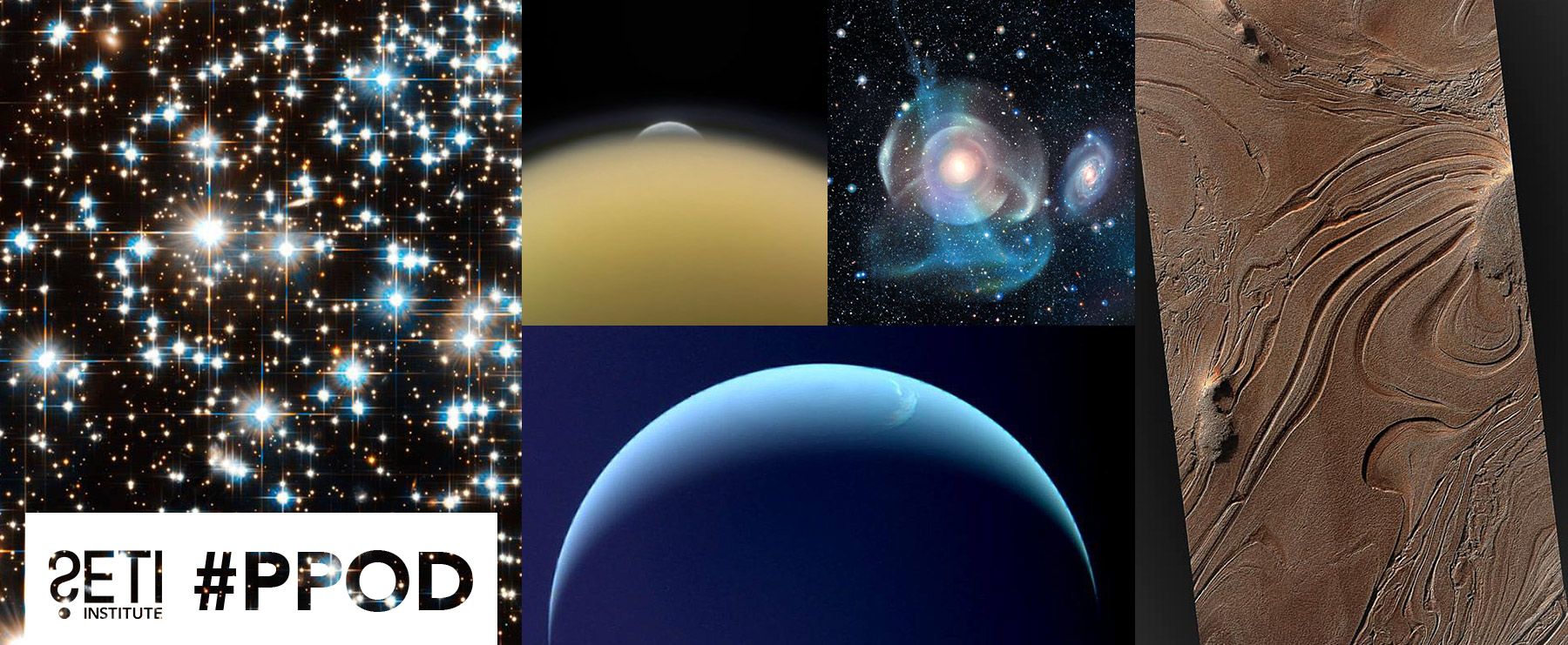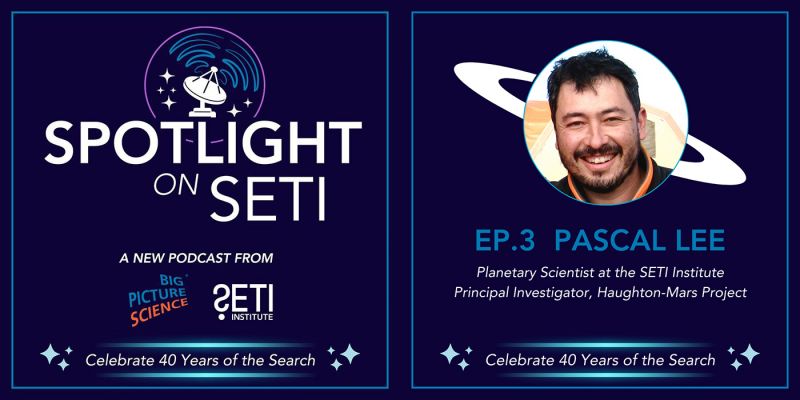
Planetary Picture of the Day
Week of March 14, 2022
The Cosmic Blender and a globular cluster, Mars, Titan, Neptune – The universe shines.
Monday, March 14, 2022

Credit: NASA, ESA, and H. Richer (University of British Columbia)
Billions and billions and billions...
Globular cluster NGC 6397 (also known as Caldwell 86) formed early in the universe's history and is one of the closest clusters to Earth at 7,800 light-years away in the constellation Ara. It contains about 400,000 stars and can be seen with the unaided eye in a clear night sky.
Tuesday, March 15, 2022

Credit: NASA/JPL-Caltech/Kevin M. Gill
Neptune - August 31, 1989
NASA’s Voyager 2 snapped this picture of a crescent Neptune on 31 August 1989 during the spacecraft’s flyby of the planet. Voyager 2 is the only mission to have visited Uranus or Neptune, the two ice giant planets of our solar system.
Wednesday, March 16, 2022
Credit: NASA / JPL-Caltech / SSI / Jason Major
Rhea through the atmosphere of Titan
Saturn's second-largest moon, Rhea, is seen here through the hazy limb of its largest moon, Titan. This is a color-composite made from images acquired by NASA's Cassini spacecraft on October 27, 2009
Thursday, March 17, 2022

Credit: NASA/JPL/UArizona
Banded terrains in Hellas Basin, Mars
Their origin remains mysterious but the hypothesis that checks most observations on Earth remains that of an ancient ice shelf scenario. Here is an extract from an article by Dr. Hannes Bernhardt (see link below): "Various adjacent landforms of likely glaciofluvial origin (potential eskers and sandur plains) might indicate that the banded terrain has formed in a glacial scenario, possibly as subglacial, wet sediments (i.e., viscous till) that were deformed by an interplay of ice overburden pressure and the local topography (e.g., Boulton et al., 1974). As no terrestrial analog exists for such a scenario at this scale, it remains a tentative hypothesis, though, meriting further investigation, ideally – one day – including in situ observations. These formations occur over 30,000 km²". The image here is only a few kilometers across.
Article here: https://buff.ly/3w886gH
Friday, March 18, 2022
Credit: CFHT, Coelum, MegaCam, J.-C. Cuillandre (CFHT) & G. A. Anselmi (Coelum)
Shells and Star Streams
Although on large scales galaxies are moving away from each other as the universe expands, they often interact and merge, influenced by gravity. Sometimes called the Cosmic Blender, NGC 474 in Pisces is undergoing dramatic interaction that has caused a shell and tidal tails. Its partner NGC 470 lies to its right, both about 100 million light-years away.







